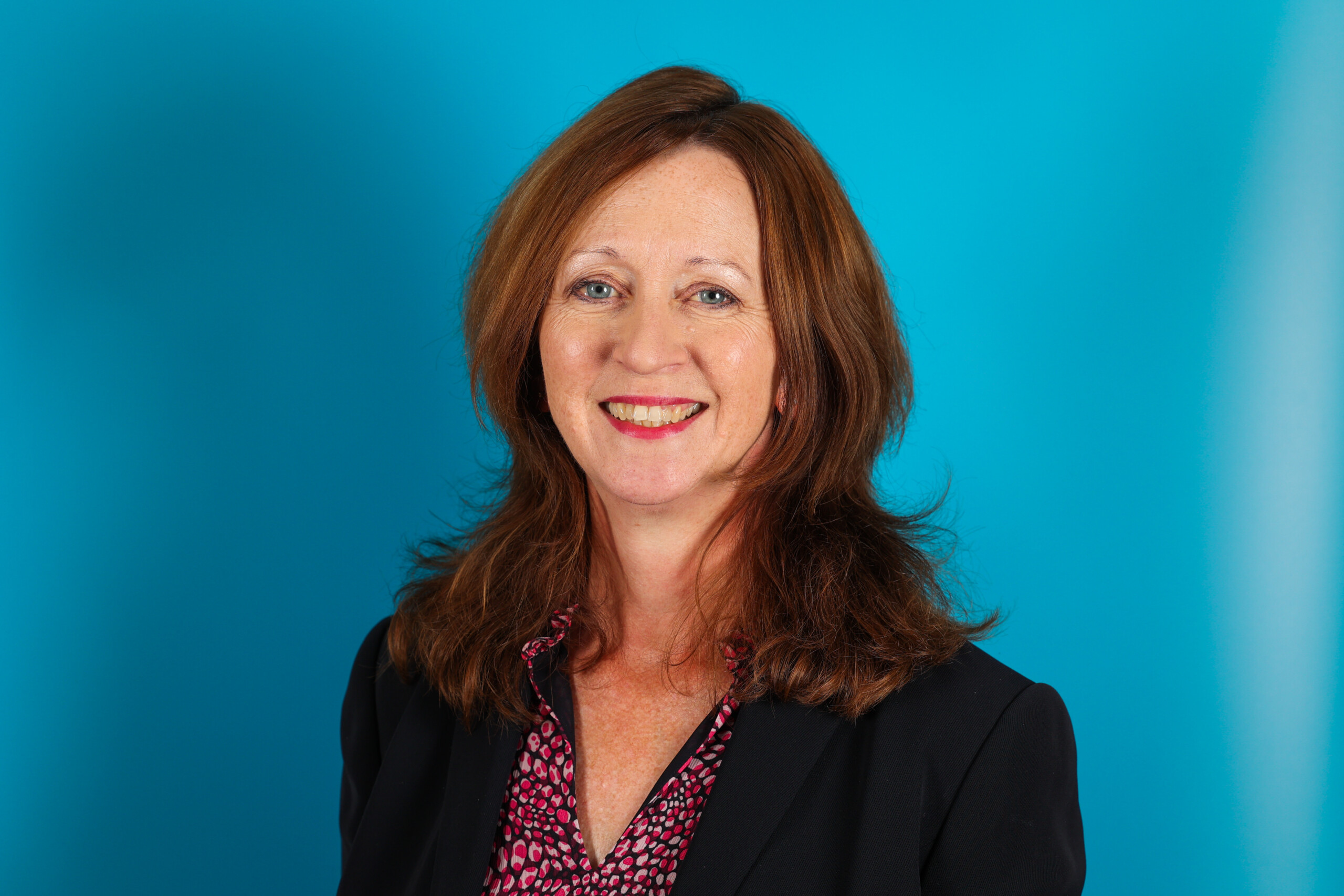
Date posted: 8th Aug 2023
Over the years we’ve all become familiar with the Annual Investment Allowance which has allowed businesses to write off certain capital expenditure, in full, for tax. This Allowance, which was introduced in 2008, has varied in the amount that can be claimed from £50,000 to £1,000,000.
This AIA allowance continues to be available for expenditure on qualifying plant, machinery and certain other assets. In more recent times companies have had the opportunity to claim an additional relief (known as super deduction) for new qualifying assets where expenditure was incurred between 1 April 2021 and 31 March 2023. The idea behind that relief was to encourage companies to spend money ahead of the introduction of the corporation tax rate of 25% which applies from 1 April 2023. This relief provided a deduction of 130% of the assets cost.
From 1 April 2023 this relief has been replaced by “Full Expensing”. For any qualifying expenditure until 31 March 2026 companies can benefit from:
- Full expensing – 100% relief to companies on qualifying new plant and machinery investments. Examples of plant include machines, office equipment, vans, lorries, construction equipment etc.
- A 50% first year allowance (FYA) for expenditure by companies on new special rate (including long life assets). Special rate expenditure includes items such as electrical wiring and certain plumbing items.
- AIA remains available providing 100% relief for plant and machinery investments up to £1m. Whilst full expensing and the 50% FYA only apply to companies; the AIA applies to all businesses and can also be used for second hand purchases.
What’s the catch?
As ever, there are several catches for the unwary!
As noted above the expenditure must be made by a company rather than a sole trader or partnership. It has to be on qualifying plant and machinery and must be NEW and unused. Expenditure on cars does not qualify (but neither does the AIA) and neither does expenditure on assets bought to lease to someone else (including associated and group companies – although AIA could apply so consideration needs to be given to the order of the AIA claim).
But what if I sell the asset?
Another catch is that there are special rules which apply on the sale of the asset. If an asset on which full rate expensing has been claimed, is sold, then there is a balancing charge of the full amount of the proceeds. A very accurate list of fixed assets will be needed so that proceeds can be matched against the assets.
If an asset on which the 50% first year allowance is sold then 50% of the proceeds will be brought in as a balancing charge. The remaining proceeds will be set against the special rate pool balance, so any relief will reverse over a longer period.
Planning is critical from the point of acquisition to the point of sale especially if you will spend less than £1m, as the AIA may prove to be a better alternative.
If you have any queries please give us a call.


